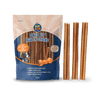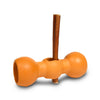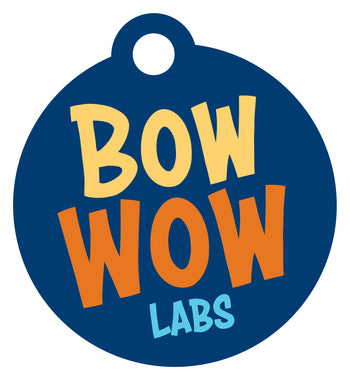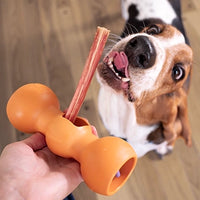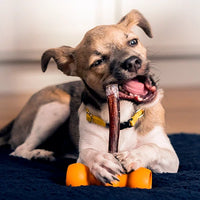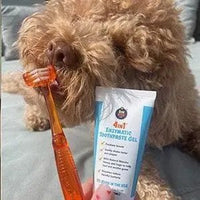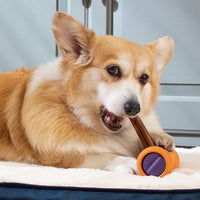Simple Steps to Prevent Bacteria Build-Up and Ensure a Healthy Home
As loving pet owners, we do everything possible to ensure our furry friends are happy and healthy. However, one crucial aspect of pet care often goes unnoticed: cleaning your dog’s food and water bowls. Did you know that dog bowls are the third most contaminated item in the household? This contamination poses significant health risks to your pet due to bacteria and biofilm formation. Let’s dig in and learn more!
The Hidden Dangers in Your Dog’s Bowl: The Hazards of Biofilm
Dog bowls are a breeding ground for bacteria, especially if left unwashed for extended periods. Residual food particles and moisture create the perfect environment for bacteria to thrive. One of the most concerning aspects of this is biofilm development.
Biofilm is a slimy layer of bacteria that forms on surfaces. It creates a protective barrier that makes bacteria more resistant to cleaning. However, harmful bacteria can still linger and multiply even if the bowl is rinsed with water.
Biofilm makes bacteria more resilient and allows harmful pathogens to grow and flourish. This layer can harbor dangerous bacteria such as Salmonella and E. coli, which are not only resistant to cleaning but can also pose severe health threats to your dog and your human family.
When dogs consume food or water from a bowl covered in biofilm, these pathogens can enter their bodies and cause various health problems.

Impacts of a Dirty Bowl on Your Dog & You
It's easy to overlook the importance of regularly cleaning your dog’s food and water bowls, but neglecting this simple task can have serious consequences for both your pet and your household.
Bacterial Infections
Dirty food bowls can become breeding grounds for harmful bacteria such as E. coli and Salmonella. These bacteria can cause severe gastrointestinal issues in dogs, leading to symptoms like vomiting, diarrhea, and even more serious conditions if left untreated.
Best Practices for Keeping Your Dog’s Food Bowl Clean
To keep your pet and household safe, it’s crucial to incorporate a simple cleaning routine for your dog’s bowl:
Choose the Right Materials
Stainless steel or ceramic bowls are more resistant to bacteria than plastic bowls. Stainless steel and ceramic are non-porous and durable, making them easier to clean thoroughly. They also don't scratch easily, which can prevent bacteria from hiding in tiny crevices.

Daily Cleaning Routine
After each meal, wash your dog’s bowl with hot, soapy water. Hot water helps to kill bacteria and remove grease from food particles. Use a dedicated sponge or brush for your pet’s bowls to avoid cross-contamination with human dishes.
Ensure all soap residue is rinsed away completely. Soap residues can be harmful if ingested by your pet, potentially causing gastrointestinal issues.
Weekly Deep Cleaning
At least once a week, give your dog’s bowls a deeper clean. You can sanitize them by soaking them in a mixture of one part white vinegar to one part water for about 10 minutes. Vinegar is a natural disinfectant that helps break down stubborn bacteria and biofilm. Alternatively, you can run the bowls through the dishwasher, which uses high temperatures to kill bacteria effectively.
Preventing Bacteria Build-Up
After washing and rinsing, dry the bowls thoroughly before refilling them. Moisture can promote bacterial growth, so ensuring the bowls are dry helps to keep them clean longer.
Avoid using abrasive sponges or brushes that can scratch the bowl’s surface. Scratches can become breeding grounds for bacteria.
Keeping your dog’s bowl clean is a simple yet effective way to protect their health and your family's health. Making this a part of your daily routine ensures your furry friend remains safe, healthy and happy.
Johnna Devereaux is a Clinical Pet Nutritionist, Chief Nutrition Officer for Bow Wow Labs and canine wellness expert.

